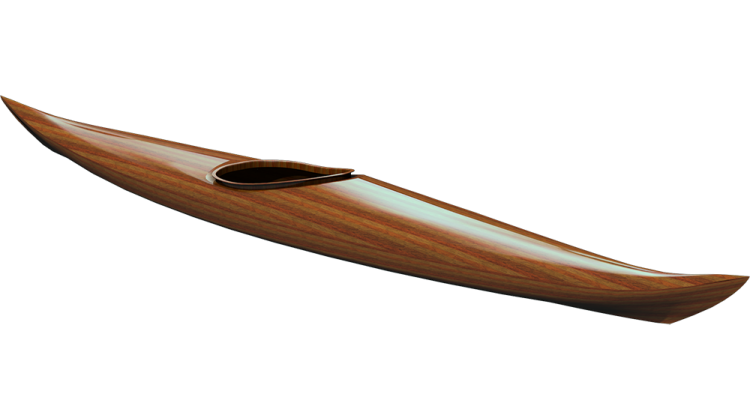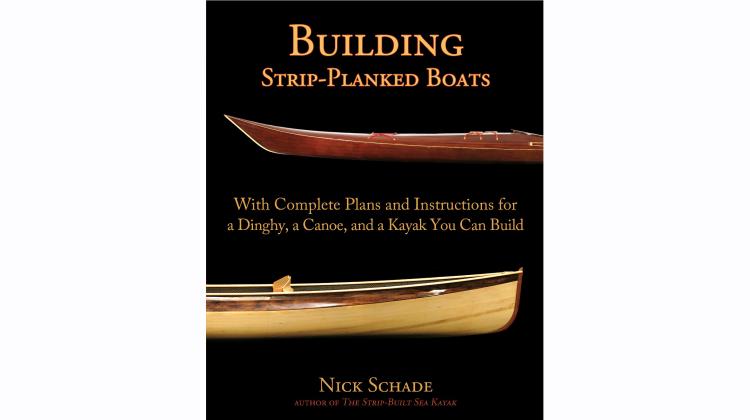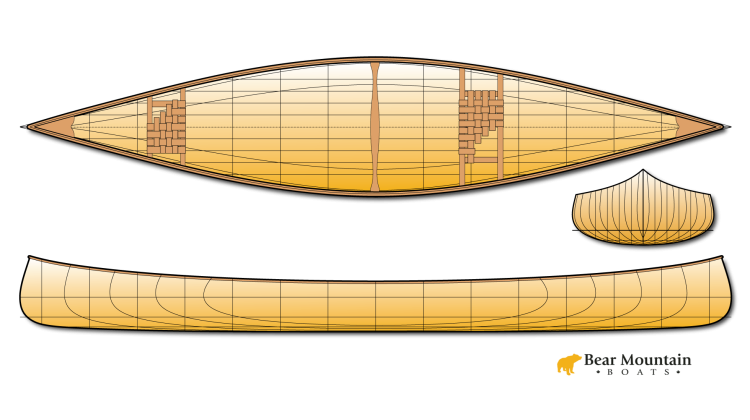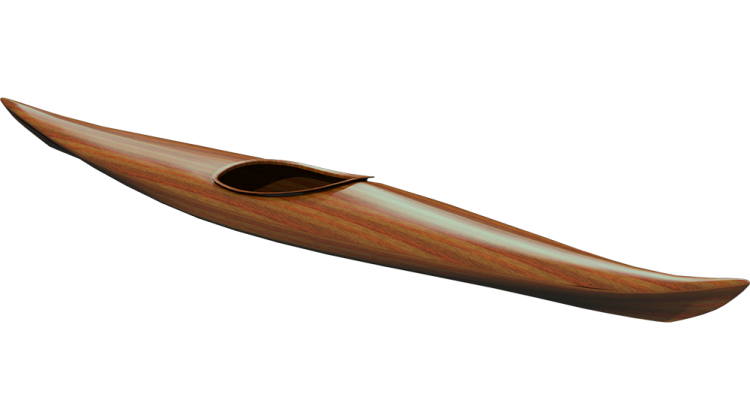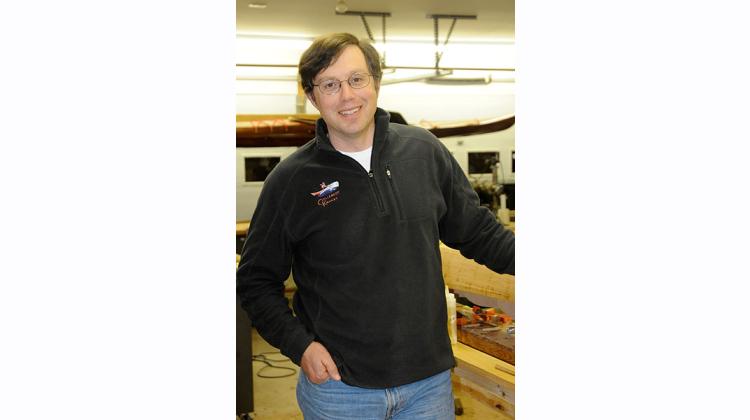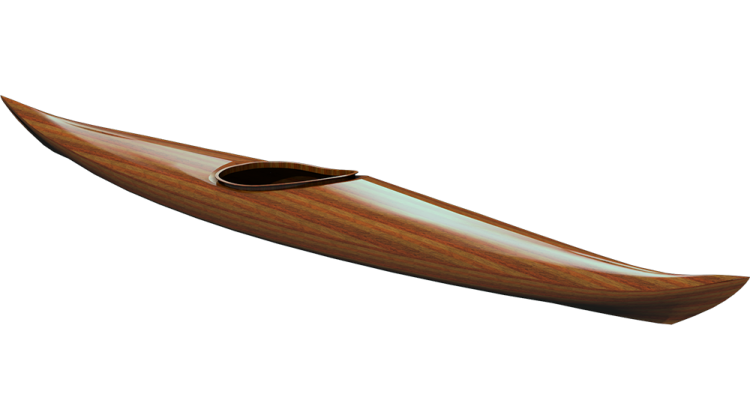The End Pour
A common question is "what is the end pour good for?" For those who don't know what it is, it originated in making fiberglass kayaks. The boat is stood on end, leaned up against the wall or a try and epoxy is poured into the end. This epoxy fills up the end with a solid chunk of material. This serves a couple purposes. It glues the deck and hull together in a small part of the boat where it is difficult to run seam tape, and it creates a solid place to secure tie-down or grab loops. The end pour makes the tip of the boat strong and provides a strong place to secure the boat to the car. In a head-on collision with a rock the strength can be welcome.
Recently, I have been foregoing the boat-on-end routine and make a little dam a few inches back in the triangle at each end of the boat before installing the deck and filling that up with epoxy thickened with microballoons. Micro balloons are tiny little bubbles of air trapped in phenolic resin or quartz. Added to the epoxy they may a lighter weight filler that some might call dookie schmutz. Mixed to a cake frosting consistency it can be installed behind the dam to make a solid chunk of material at each end.
Wood Alternative
Some people prefer a wood block carved to fit in the end. Their feeling is the pour of schmutz at the end is heavy. A well fitted piece of cedar can be shaped to fit into the end sealled with epoxy and then glued in place.
I got wondering about the weight. So I took my excess schmutz from the boat I'm currently building and filled a small cup. When it cured I sawed it into a 1 inch (2.5 cm) cube. I also cut a 1 inch cube of western red cedar. I then tossed them on my postage scale
Is it Light?
Unfortunately, the cubes weigh so little that I couldn't get an accurate comparison of the two cubes. Instead I decided to use a balance scale, but I don't have one so I used a ruler as shown in the photo above. I first balance the ruler on a pen and then placed the blocks on either end of the rulers. By the measurement of this impromptu scale, I found the epoxy block weighed 1.68 times the wood block.
So, the schmutz block definitely was heavier. Now, what does this mean in real terms on the boat. I measured the size of fills at each end of the boat and they are about 5 cubic inches each. If this block were solid wood it would weight 2 ounces and solid schmutz it is 3.3 ounces for a weight difference of 1.3 ounces. Of course the wood block needs some epoxy to secured in place, so there would be some added weight from that, call it 1 ounce. Or approximately 0.2% of the weight of the finished boat.
What I'll do in the Future
So, it would seem to be pretty conclusive that wood is lighter than schmutz and if every ounce counts that a wood block to fill the end is the way to go. But one of the beauties of strip building and stitch and glue is they both use small pieces of wood which are completely sealed from water by fiberglass and epoxy. The small pieces mean that they don't expand and contract much with humidity changes and the fiberglass and epoxy do a pretty good job of keeping humidity out.
It is very hard to seal such a large block of wood to the same extent. We could soak the end grain in epoxy to seal it up, but it has been my experience that this doesn't really do it. A layer of glass would be better. For a boat stored up side down, a little bit of water collected in the ends will have a lot of opportunity to soak into the end grain. Then there is drilling through the block for the carry toggles. This hole is particually hard to seal completely and the rope through the hole tends to wear away at any seal coat on the wood.
As further science I took my 1" cube of cedar and threw it in hot water for 3 minutes and then toweled it dry. I put it on my ruler scale again. After 3 minutes in water the 1" cube had spounged up enough water to now be 1.42 times as heavy as the schmutz block, and now weighed 0.48 ounces. This seems to be a little more than we can expect to soak up in a partially sealed end block that is normally kept dry, but the implication is that wood can soak up water and gain weight and over time as the seal coats break down, this will get worse.
For more science I threw the wet wood cube in the microwave for a minute to dry it out. This was not enough to get it completely dry apparently because now it weighed the same as the schmutz cube.
So, I'm sticking to the epoxy-microballoons end pour. The weight difference is insignificant and the epoxy will never soak up water or rot.


